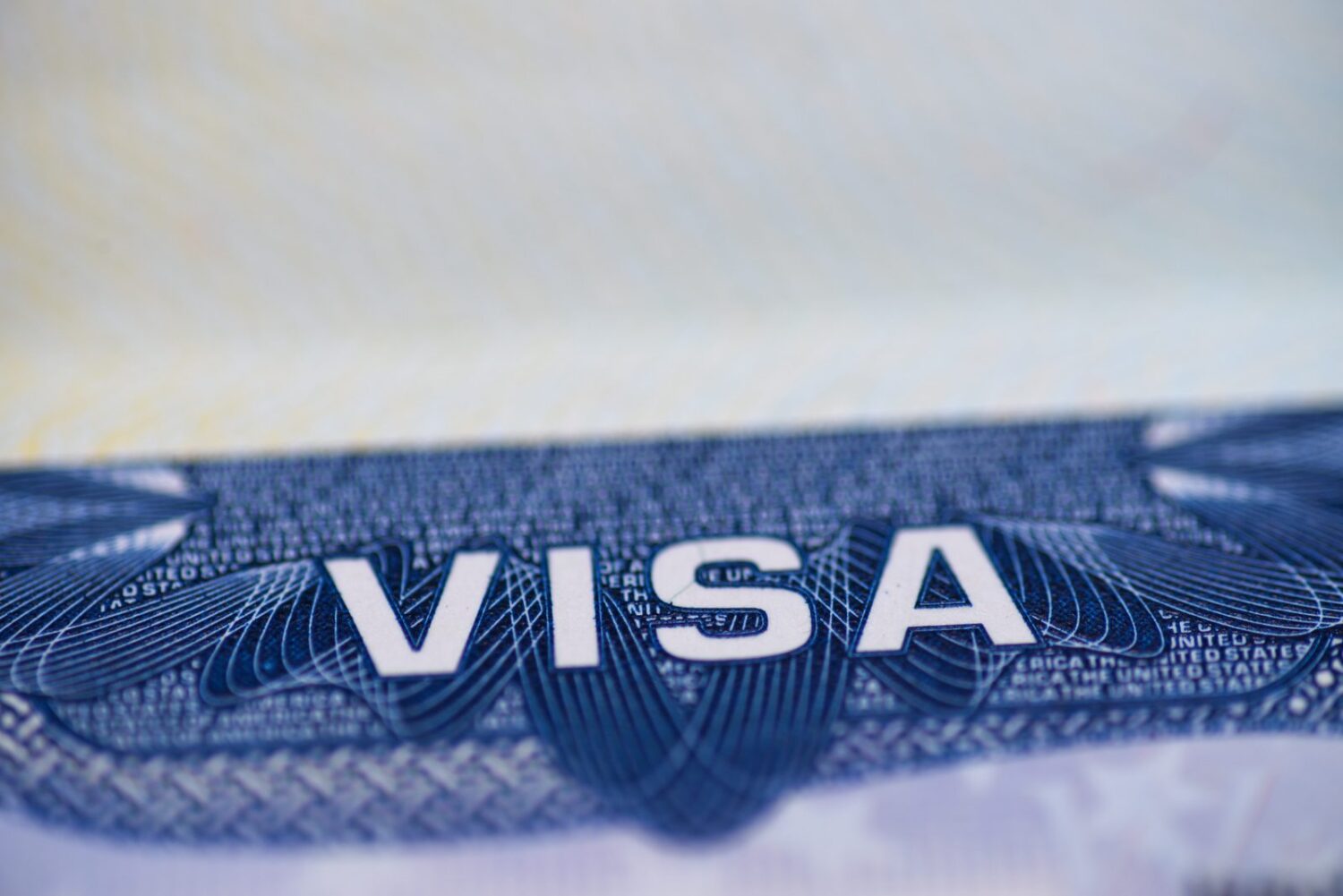

In the wake of substantial job layoffs within the tech industry, the United States has proposed extending the grace period for H1-B visa holders who have been laid off from their jobs.
This extension seeks to elongate the duration from the existing 60 days to 180 days, aiming to afford H1-B workers a more extended timeframe to explore new employment prospects or seek alternative pathways to uphold their legal status within the United States.
The Current Scenario of H-1B Grace Period
Presently, H1B visa holders have a short window of just 60 days after job termination to find new employment, have another employer file an H1B petition on their behalf, or leave the United States.
However, this narrow timeframe poses significant challenges, especially in a challenging job market. Moreover, the intricate paperwork required for transferring H1B status can be time-consuming.
Delays in processing by the United States Citizenship and Immigration Services (USCIS) only exacerbate these difficulties, potentially leading to a loss of skilled labor for the United States.
Significance of the Extension of H1B Visa
Recognizing the value of retaining highly skilled tech employees, particularly from India, the proposal to extend the grace period to 180 days is seen as a pivotal step.
This extension would provide a crucial lifeline to H1B workers, ensuring they can continue contributing to the country’s economic growth without the constant fear of losing their status.
In the fiercely competitive tech industry, where job searches often involve multiple rounds of interviews taking weeks, the 60-day window is often insufficient. USCIS delays in processing further compound these challenges, resulting in potential barriers for workers to return unless they secure a new H1B, a process that can take years.
Economic Implications on H1B Visa Extension
H1B workers play a pivotal role in the US economy. Their expertise and contributions are vital for technological innovation and industry growth.
However, the current restrictive grace period risks a loss of these skilled individuals due to administrative hurdles. The extension to 180 days would not only alleviate this risk but also potentially foster a more stable and conducive environment for retaining these valuable professionals.
Challenges Faced by Laid-off Indian Techies under H-1B Visa Status
The realities of the job market, especially in the tech industry, involve prolonged interview processes.
Administrative complexities in transferring H1B status and seeking re-employment within the existing 60-day window pose significant challenges for laid-off Indian tech workers. Real-life examples illustrate the struggles these individuals face when navigating through these hurdles.
Positive Impact of the Extension of H1B Visa
Extending the grace period to 180 days would empower laid-off H1B workers by offering them a more realistic timeframe to search for suitable job opportunities.
This extension would significantly reduce stress and uncertainty, ensuring a smoother transition into new employment while also serving the long-term interests of US tech companies by retaining their skilled workforce.
Addressing Concerns and Criticisms of H1B Visa
While the extension proposal brings substantial benefits, it is not without potential criticisms.
Addressing concerns about potential abuse or misuse of the extended timeframe, as well as USCIS workload concerns and administrative challenges, is crucial. Mitigating these concerns is necessary for a balanced and effective implementation of the extended grace period.
Conclusion
Extending the H1B grace period from 60 days to 180 days for laid-off Indian tech workers is a progressive step forward.
This extension acknowledges the vital role of these skilled professionals in the US economy and offers a more realistic timeframe to navigate the complexities of re-employment. By supporting and retaining this talent pool, the US stands to benefit economically and technologically in the long run.

